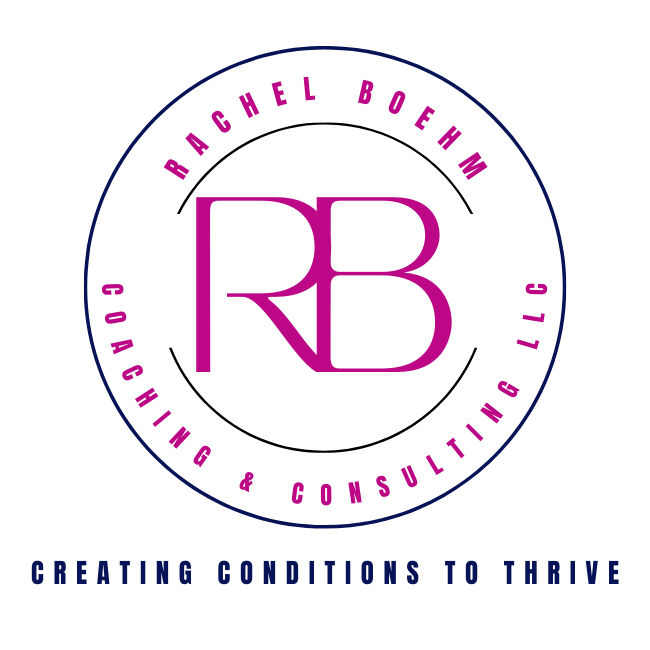Work Doesn't Have to Suck: 10 Tips to Power Up Purpose at Work
If you think purpose at work serves no purpose, you’re mistaken.
Here’s why: when employees feel a connection between their own values and those of the organization they work for they are more likely to be engaged, productive, and satisfied with their jobs.
Similarly, when they can see how their role is tied to the larger mission of the organization, they are more likely to be engaged, productive, and satisfied with their jobs. This translates to increased retention, better performance, happier customers/clients, and a better bottom line for you as a manager or senior leader.
Answering “why purpose matters” isn’t the hard part, discovering how to become a purpose-driven organization is. Here are a few tips for managers and employees:
MANAGERS:
1. Define the organization’s purpose: Jonathan Knowles and his co-authors in a 2022 Harvard Business Review article suggest considering one of three types of purpose: Competence-based (the function your product(s) serve); Culture-Based (the core value driving the business); Cause-based: (the aspirational social good).
2. Connect the purpose to the strategy: Just like your employee well-being and engagement programs, you have to connect the organization’s purpose to the overall business strategy. Otherwise, it will come off as insincere, empty promises that your employees and your customers/clients will smell miles away.
3. Communicate it clearly and frequently to every level of the organization: You need input and buy-in from all levels of the organization, not just senior leaders. Employee listening tools and focus groups can be helpful. This and the next tip will help foster community and shared purpose.
4. Model it and reward it: Managers and senior leaders must serve as role models for everyone else. You also need to reward the behavior you want to see. Find ways to tie purpose-driven work into employee and manager reviews, for example. When people are rewarded for certain behaviors and recognized for outstanding work, they are more likely to keep doing it (broadly speaking).
5. Think Micro and Macro: The above addresses purpose at the macro level. Individual managers can and should also work at the micro level. Questions you can ask your team include: What do you want to achieve in your career? What are you passionate about? How do you see your current role supporting your larger goals? By taking the time to listen to your employees, you can get a better sense of what they are looking for in their work. This helps them identify their own purpose and connect it to the organizational purpose. It also helps you personalize feedback by tying it to the employee’s overall goals and motivation.
EMPLOYEES:
1. Define your purpose: Values guide your thoughts, actions, judgments, and motivation. They also help you feel connected (or not) to others and to your endeavors, including work. Taking a values quiz can help you define your core values. Here are three of the best ones recommended by PositivePsychology.Com.
2. Explore how your job helps you put your values into practice. For example, say you work as an attorney. Your job is grueling and you’re questioning why you even bother. But you also can’t quit and your workplace isn’t doing much to improve the culture. If you know that you value helping others and get energy from human connection, you can tie these into your daily tasks to help you feel more inspired and connected to your work. When working on client documents, remind yourself that you are helping others (them). When you can interface with clients, colleagues, or prospective partners and networking events, you can get that energy from the human connection that you love.
3. Know your strengths: What are your top strengths? The VIA Character Strengths is a great tool (and free compared to the CliftonStrengthsFinder) to help you identify your top strengths if you have trouble answering this. Connecting your strengths to your job can also help foster your sense of purpose-driven work. You might be able to job craft or tweak daily to-do’s to highlight your strengths and interests, for example. But even if you can’t, knowing your strengths just like knowing your values, helps you reframe your work experiences. At the end of the day, you control your mindset and mood.
4. Check in with yourself regularly: Quarterly or at least annually, do a quick check-in with yourself and explore whether you’re on the right track. What you need from work changes. Even if nothing in the workplace changes, your personal life might affect what you need from your work to feel a sense of balance and connection. People’s lives change on average every 3-6 months. That means what you need from your job today to feel connected and empowered will likely be different three months from now. For example, say right now you don’t feel like you need to find purpose in your exact job because it allows you the financial and time flexibility to do things outside of work that you enjoy. But, what if in three months there is downsizing and you have to take a pay cut or reduced hours? Now, it might be more important for you to feel like your work matters, because you are not able to do other purpose-driven work outside of the office.
Every person in the workplace has a role to play in creating a purpose-driven organization. However, not every organization is run by people ready to lead on this front. If you’re a manager, explore the above tips to help you create purpose for yourself and your team. If you’re an employee, remember that you can affect change by starting with yourself.


